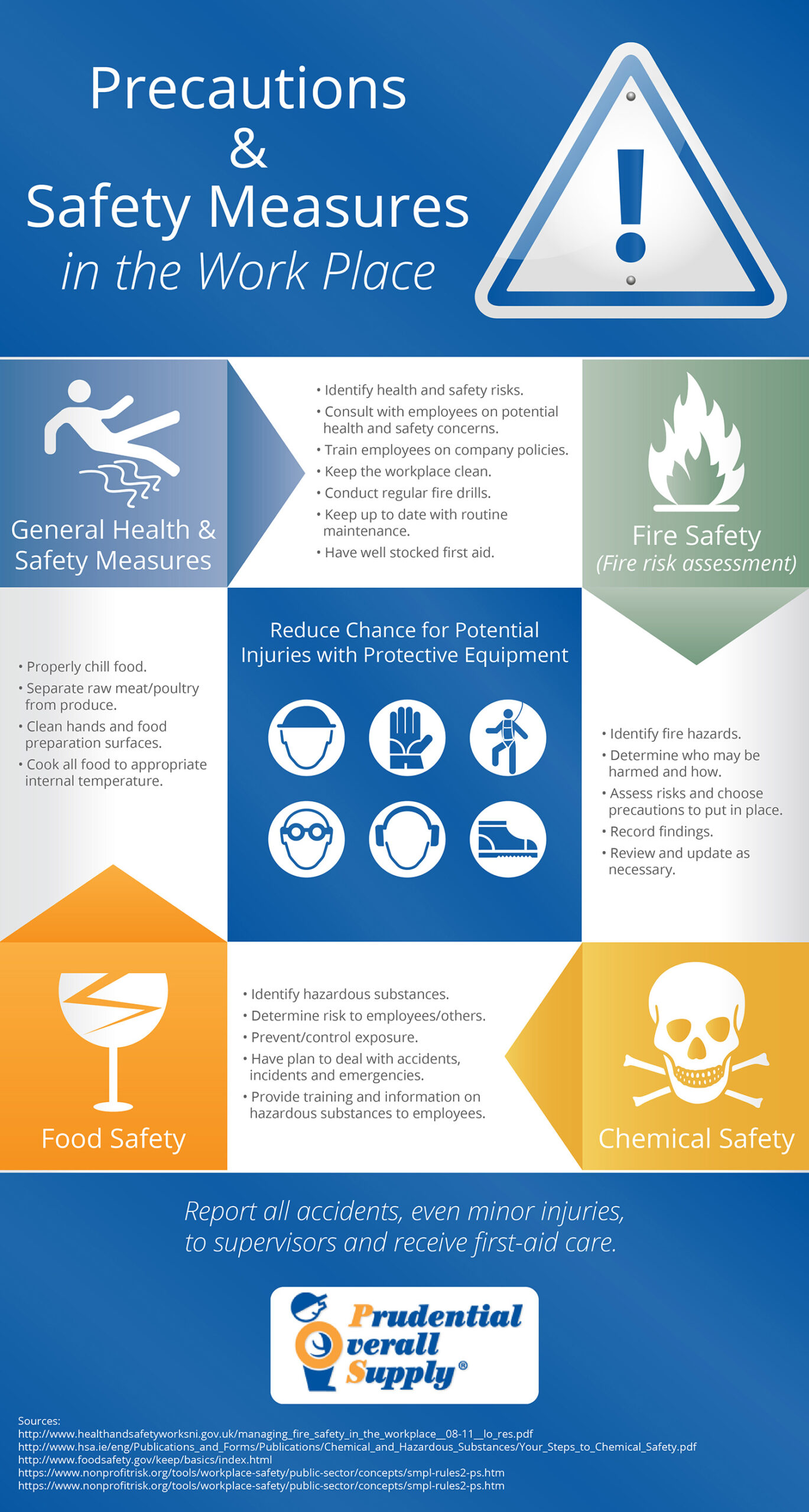Breaking Bad’s Sancho and Bolsa: Locations and Significance in the Series
Break bad’s Sancho and balsa: key characters in the cartel hierarchy
In the intricate world of breaking bad, cartel members Juan balsa and his associate Sancho represent significant players in the dangerous drug trade that span the American southwest and Mexico. Their movements throughout the series — whether to parks for clandestine meetings, to William morning star’s home, or to police stations — carry important implications for the show’s plot development and character arcs.
The park meetings: neutral territory for dangerous business
Parks serve as crucial neutral meeting grounds for cartel business throughout breaking bad. When Sancho and balsa conduct meetings in these public yet isolated spaces, they’re followed a foresightful establish tradition in organize crime narratives.
These park meetings typically occur when sensitive information need to be exchange or when tensions between rival factions require neutral territory. The open space provide visibility, reduce the risk of ambush while maintain a facade of normalcy to any casual observers.
In one notable park meeting, balsa meet with Gus bring to discuss distribution territories. The ostensibly innocent backdrop of children play and families enjoy picnics create a chilling contrast to the deadly serious conversations take place on park benches. This juxtaposition is a hallmark of breaking bad’s visual storytelling — the intrusion of criminality into everyday spaces.
The park settings besides offer practical advantages for the filmmakers. These locations allow for dramatic wide shots that emphasize the isolation of characters amid open space, create visual tension. The natural lighting of outdoor scenes contrast with the show’s oftentimes murkily light indoor settings, symbolize how these criminal dealings exist in plain sight within society.
William morning star’s home: a significant location
William morning star’s home represent a more private and potentially dangerous meeting location forSanchoo andbalsaa. Unlike the neutral territory of parks, enter someone’s private residence shifts the power dynamic importantly.
Morning star, though not among the virtually conspicuously feature characters, maintain connections to both the cartel world and legitimate business interests. His home serve as a buffer zone between these worlds — a place where cartel business can be conduct with a veneer of respectability.
The architecture and design of morning star’s home reflect his position in the criminal hierarchy. Unlike the garish mansion ofTUCo Salamanca or the hide compound of don radio, mmorning stars residence maintain a low profile while allay project wealth and stability. This set choice by the show’s creators communicate volumes about his character without require extensive exposition.
When Sancho and balsa visit this location, it oftentimes signals a shift in strategy or a need for discretion beyond what public meetings can provide. The private settingallowsw for more detailed planning, the exchange of sensitive materials, or conversations that require absolute privacy from both law enforcement and rival organizations.
The domestic setting to create dramatic irony — the normal trappings of home life ((amily photos, comfortable furniture, kitchen appliances ))tand in stark contrast to the brutal business being disdiscussedhis juxtaposition is a recur theme in breaking bad, where the mundane and the criminal invariably intersect.
The police station: confrontation with authority
Possibly the near tense location where Sancho and balsa might appear is the police station. Their presence in law enforcement facilities typically indicate a major disruption to the cartel’s operations or a significant plot development.
Unlike voluntary meetings in parks or homes, appearances at police stations commonly involve some form of coercion or necessity. These scenes create immediate dramatic tension, as characters accustom to operate in the shadows must navigate the heart of legal authority.
When cartel figures like Sancho and balsa interact with law enforcement, several possibilities emerge. They might be thither for questioning, potentially reveal the extent of police knowledge about cartel operations. Instead, they could be leverage corrupt connections within the department, highlight the theme of institutional corruption that run throughout the series.
The police station scenes besides provide opportunities to explore the characters’ composure under pressure. Balsa, typically portray as calculate and control, might maintain his professional facade evening when surround by law enforcement. These moments test the characters’ ability to maintain their cover stories and navigate dangerous interactions.

Source: uslegalforms.com
The visual design of police station scenes contrast precipitously with other settings. The institutional lighting, government issue furniture, and presence of uniformed officers create an environment where cartel members are visibly out of their element. This visual discomfort reinforce the precarious position these characters occupy when force to interact with legitimate authority.
Juan balsa: the cartel’s corporate face
To understand the significance of these locations, it’s important to recognize Juan balsa’s role in the cartel hierarchy. As a heights rank member of the Juarez cartel, balsa serve as an intermediary between don radio’s leadership and the operational aspects of the business.
His name itself—”balsa” mean ” ag “” spaSpanishhints at his function as the money handler and business manager for the organization. This corporate like role influences where and how he conduct business, favor settings that maintain a veneer of legitimacy while stillness provide security.
Balsa typically avoid the front line violence that characterize other cartel figures like the Salamanca family. Alternatively, he operates through intermediaries and cautiously orchestrate meetings. His presence at any location instantly elevate its importance to the cartel’s operations.
The character’s polished appearance and business like demeanor stand in contrast to more flamboyant or openly violent cartel members. This characterization extend to his choice of meeting locations, prefer settings that reflect his self-image as a businessman instead than but a criminal.
Sancho: the loyal lieutenant
While less conspicuously feature than balsa, Sancho’s role as a lieutenant and enforcer complements balsa’s more administrative function. Their movements unitedly typically indicate operations require both strategic oversight and the implicit threat of enforcement.
Sancho’s presence provide balsa with both protection and operational support, allow the high rank cartel member to focus on negotiations and business matters. This dynamic influences their choice of meeting locations, require spaces that accommodate both business discussions and security considerations.
The work relationship between these characters reflect the cartel’s organizational structure — a blend of business hierarchy and personal loyalty that distinguish it from both legitimate corporations and less organize criminal enterprises.
The significance of movement in breaking bad
Throughout breaking bad, character movements between locations carry significant narrative weight. The show’s creators use geographic transitions to illustrate power dynamics, character development, and plot progression.
When cartel figures like Sancho and balsa travel to different locations, these movements oftentimes foreshadow major plot developments. A shift from their usual meeting places to unexpected locations oftentimes signal change strategies or emerge threats.
The contrast between locations northwards and south of the border besides carry thematic significance. Movements between these regions represent the blur boundaries between different worlds — the American drug market and the Mexican cartel leadership, legal businesses and criminal enterprises, family life and violent criminality.
Break bad’s creators pay careful attention to the visual representation of these transitions, use distinctive color palettes and film techniques to distinguish between different territories and the psychological states they represent.
Filming locations: create the breaking bad universe
The actual filming locations choose to represent these settings contribute importantly to the show’s distinctive visual identity. Albuquerque’s unique landscape provide both urban and desert settings that have become iconic elements of the breaking bad aesthetic.
Parks feature in the series typically showcase the arid southwestern landscape, with distant mountains and distinctive vegetation create a sense of isolation evening in public spaces. These natural features reinforce the show’s themes of moral wilderness and dangerous exposure.
Residential locations like William morning star’s home are cautiously select to communicate character status and function. The architecture, neighborhood, and interior design choices provide visual shorthand for the character’s position in both legitimate society and the criminal hierarchy.
Police stations and other institutional settings are film to emphasize their impersonal and bureaucratic nature, create environments where criminal characters appear prominently out of place. These locations oftentimes feature harsh lighting, limited color palettes, and rigid geometric compositions that contrast with the more dynamic visual approach use in cartel control spaces.
The narrative function of location in breaking bad
Beyond their practical role in the plot, the locations where Sancho and balsa appear serve important narrative functions. Each setting create specific possibilities for character interaction, conflict development, and thematic exploration.
Parks allow for public confrontations that must remain externally civil, create tension between the violent undercurrents of cartel business and the need to maintain appearances. These settings force characters to communicate through subtext and implication instead than direct threats.
Private homes like morning star’s residence permit more open discussion of criminal matters but introduce new tensions relate to hospitality, territory, and personal vulnerability. The domestic setting create opportunities to explore how criminal figures compartmentalize their professional and personal lives.
Police stations represent the ultimate challenge to cartel operations, force characters to navigate hostile territory while maintain their cover stories. These scenes typically raise the stakes of the narrative by introduce the possibility of exposure, arrest, or betrayal.

Source: the news viral287.blogspot.com
The legacy of breaking bad’s location choices
The careful attention to location in breaking bad has influence subsequent crime dramas, establish new standards for how set contributes to narrative and character development. The show’s use of the American southwest as both literal landscape and moral territory has become peculiarly influential.
The locations associate with characters like Sancho and balsa help establish the show’s unique position between crime thriller, western, and family drama. By place cartel operations in recognizable, everyday settings, breaking bad create a distinctive approach to crime storytelling that emphasize the intrusion of criminality into ordinary life.
This approach contrast with earlier crime narratives that oftentimes segregate criminal activities to specialized locations like nightclubs, warehouses, or explicitly designate” bad neighborhoods. ” bByhave cartel figures conduct business in parks, homes, and other mundane settings, breaking bad emphasize how the drug trade permeate society instead than exist individually from it.
Conclusion: how locations shape character and story
The movements of Sancho and balsa between parks, William morning star’s home, and police stations represent more than simple plot mechanics. These location choices reveal character priorities, power dynamics, and narrative tensions central to breaking bad’sstorytellere approach.
By track where these characters go and why, viewers gain insight into both the operational realities of the cartel business and the dramatic strategies of the show’s creators. The locations serve as both practical settings for plot development and symbolic spaces that reinforce the show’s central themes.
Whether meet in the expose vulnerability of a public park, the deceptive comfort of a private home, or the hostile territory of a police station, Sancho and balsa navigate a landscape where location choices carry life or death consequences. Their movements throughout this dangerous terrain provide a geography of power, risk, and moral compromise that define the breaking bad universe.



